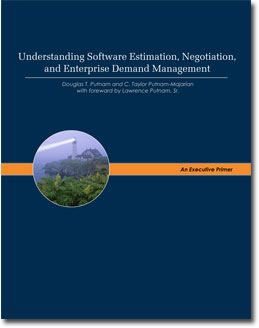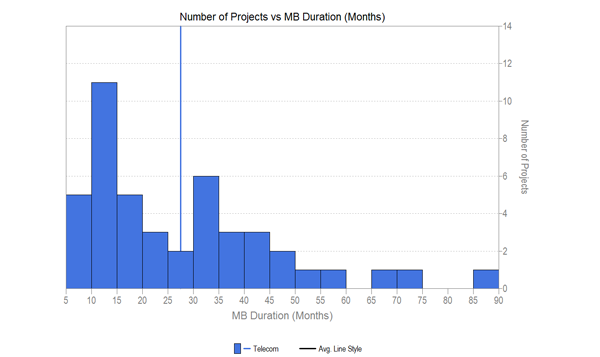The Shape of the Work When Estimating Agile Releases

In a recent webinar on using the SLIM tools and methods in an agile environment, we showed a template for agile projects included with SLIM-Estimate. I was asked, "Since agile teams are a fixed size group that stays together throughout the work on the release, why doesn’t the agile template use the Level Load shape?" My answer was the typical short answer to a complex question, "It’s complicated and it depends." In this blog, let’s take a look at some of those complications and dependencies.
The team, the whole team, or nothing but the team?
When using SLIM-Estimate to estimate the effort required for a release, agile or not, you have to decide, "Whose effort are we interested in?" When describing a team in a scrum project, we usually talk about three major roles: product owner, scrum master, and team member. These people are, in general, full time on the project. If you are only interested in estimating the effort of these full time team members, then you may want to use the “Level Load” shape in SLIM-Estimate. The total effort of these people is based on the number of people multiplied by the duration of the work on the release.


 This past July marked the first cyber security recall in automotive history. Fiat Chrysler issued a
This past July marked the first cyber security recall in automotive history. Fiat Chrysler issued a 
